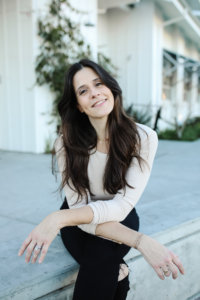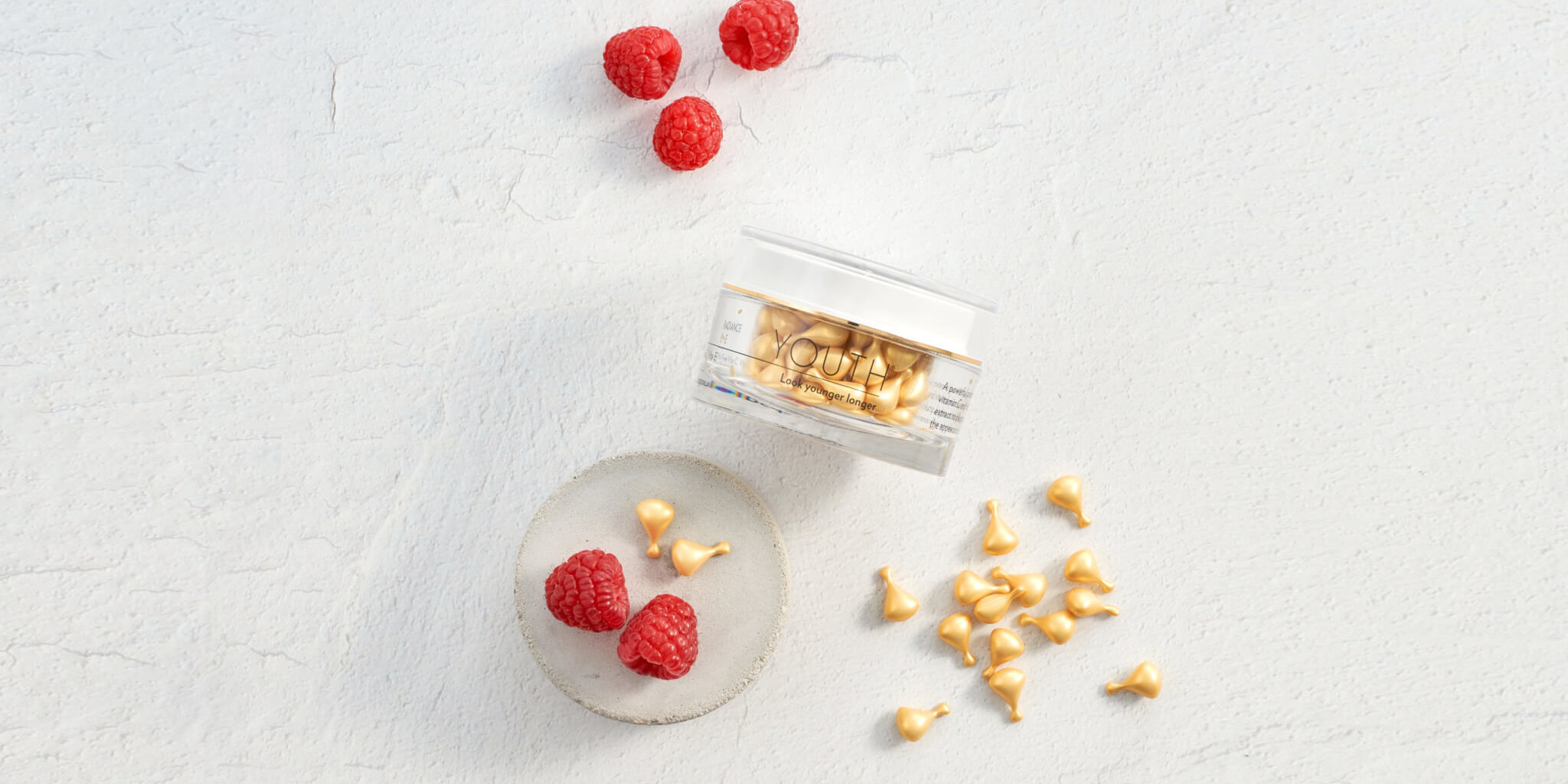By Sarah Ezrin
I used to not understand when friends or family said they hated their birthdays or lamented entering another decade. Most of my life, I was the youngest person in the room—the baby of five kids, graduating from both high school and college early, and often hanging with friend groups 10+ years older.
If anything, I wanted nothing more than to get older. In elementary school, I was regularly referred to as an old soul, and in my 20s, I would joke that my alter ego was an octogenarian, as a 6 pm dinner and 8 pm bedtime were (and still are) major goals.
Then something started to shift.
Where I was once the youngest person in the group, I started to become the oldest. I’m surprised almost daily that someone I think is the same age is in fact 15 years my junior, and whenever I meet new doctors, they all seem to be half my age.
When I also started seeing “crepey” skin on my legs (or at least that’s what the targeted ads I started receiving told me they are) and dried out riverbeds along my face, I did what many of us do: I began to purchase anything and everything that said “anti-wrinkle” or “anti-aging.”
Some of the products seemed like miracles with fairly instant results. Others, usually the priciest, continue to be questionable. But not wanting to risk anything, I devotedly follow my anti-aging regimens every morning and every night.
And I realized recently that every time I put one of these products on my skin, I’m not only absorbing the retinoids and vitamin C, but I’m also unconsciously absorbing the messaging that aging is bad.
I mean, I may not sit down to read the label every time I put on my night cream, but there is a part of my brain, a part of all of our brains, that absorbs these words—anti-aging, anti-wrinkle—every single time we pull out those bottles.
I have experienced a tremendous amount of loss in my lifetime. I firmly believe that aging is a blessing and that every day we wake up and every day we celebrate is a privilege.
Despite what my bathroom vanity may say, I am not anti-aging. If anything, I am pro-aging.
I just didn’t want such visible wrinkles.
Well, as it turns out, not all wrinkles are created equal. Some may be more important than we think.
What are wrinkles?
There are two different types of wrinkles that dermatologists and beauty experts recognize: static wrinkles and dynamic wrinkles.
Static wrinkles are the result of normal aging. They occur from the natural loss of collagen and the loosening of the skin’s elasticity that happens to all of us in time. They are also distinct from dynamic wrinkles in that they are present when the face is at rest.
Dynamic wrinkles, on the other hand, are caused by repeated facial movements. For example, I have several friends who complain about their “11s,” which is a common nickname for the vertical lines that the forehead forms when our brow is furrowed. Or “smoker’s lines,” which are actually caused by pursing one’s lips for any reason and can occur even if someone has never touched a cigarette. This includes regularly drinking from straws and may be yet another reason to ditch the plastic straw, just saying.
And while, sure, we may not want our face to reflect years of discontent (or plastic abuse), we also purse our lips when we do enjoyable things, like kissing. We furrow our brows when deep in concentration. We squint our eyes when we smile. There’s a reason we call those “laugh lines.”
Our wrinkles tell our story and not just the good parts. They are a map to our entire lives. Why would we want to hide that?
The anti-anti-aging movement
There seems to be a clear shift happening within the beauty industry of embracing age rather than denying it, although the pace can sometimes feel glacial.
It also seems like beauty companies are starting to change the rhetoric around their products, opting for slogans like “look as young as you feel” over “look younger.” Or swapping the term “anti-aging” on their labels for phrases like “pro-youth” or even “healthy aging.” For example, one of my personal favorites is the Shaklee YOUTH® line and specifically Radiance C+E, which is a product that really emphasizes restoring radiance more than anti-aging. Plus, those little gold capsules are fun to open, and the jar looks great on the bath counter.
We just want to look as young as we feel
As one YOUTH® promotional video says, “None of my friends actually want to be younger. We’re proud of our experiences—our families, the friendships. We just want to look as young on the outside as we feel on the inside.”
This feels like an incredibly positive and empowering outlook on the aging process in an “anti-aging” market that is estimated to be worth over 62 billion dollars and is predicted to increase to 88 billion by 2026.
My hope is that by 2026, we can replace the term “anti-aging” altogether because that doesn’t mean we will stop using the products. We just want to reframe why we are doing so.
Because you better believe I will continue taking my Vivix® every morning and following my 4-step face regimen before sleep, but I will do it with an intention of celebrating my skin and the aging process, instead of denying it.
 Sarah Ezrin is a freelance writer, world-renowned yoga educator, popular Instagram influencer, and mama based in the San Francisco Bay Area. Her willingness to be unabashedly honest and vulnerable along with her innate wisdom make her writing, yoga classes, and social media great sources of healing and inner peace for many people. Sarah is changing the world, teaching self-love one person at a time. For more information please visit her website www.sarahezrinyoga.com.
Sarah Ezrin is a freelance writer, world-renowned yoga educator, popular Instagram influencer, and mama based in the San Francisco Bay Area. Her willingness to be unabashedly honest and vulnerable along with her innate wisdom make her writing, yoga classes, and social media great sources of healing and inner peace for many people. Sarah is changing the world, teaching self-love one person at a time. For more information please visit her website www.sarahezrinyoga.com.






